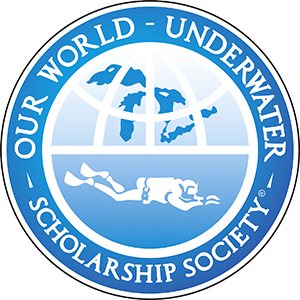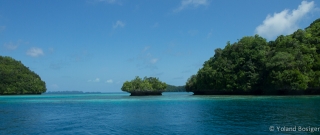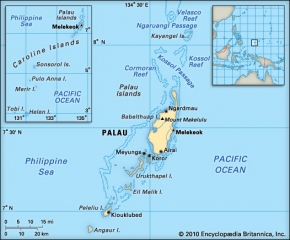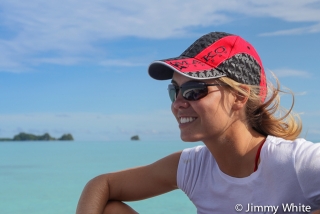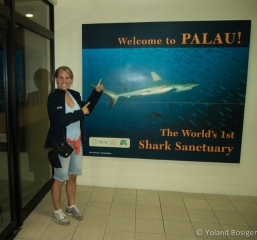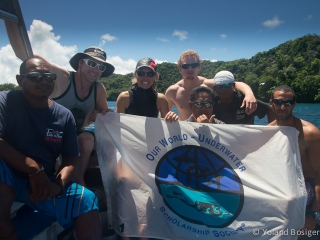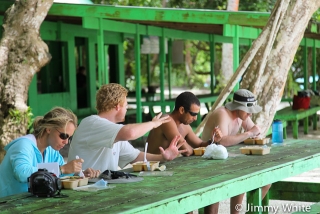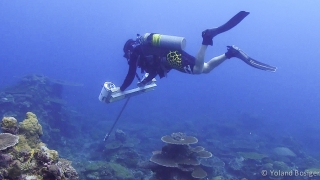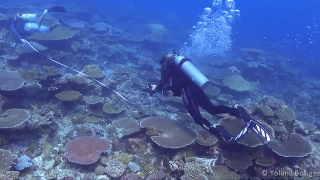So I was sitting trying to work out how to start this blog and I thought you know what might help? Only the music I had been forced to listen to at least three times a day during my Palau trip of course! So out came Ziggy Marley and some brilliant rap tunes such as “Mango Trees,” a new song by band featuring the talented Liam Bornovski. And somewhat miraculously the brain clicked into gear, the fingers began tapping, and the inspiration started flowing – must be the power of the Palauan rhythm (or something like that anyway).
So I want to start by telling you a bit about Palau. Firstly where is it? If you look at the map you can see that it is located in the Western Pacific Ocean and is bordered by the Federated States of Micronesia to the east and north, the Philippines to the west, Indonesia to the south west and PNG to the southeast. Palau has a population of 20 000 people and is politically what they call a presidential republic in free association with the US. So basically the US provides defense, funding and access to social services. Visually, Palau is absolutely stunning. As Jimmy White had told me earlier, this Rock Islands, are probably the closest thing that we humans get to a real life Pandora. Each uplifted coral island is unique having been sculptured though thousands and thousands of years of exposure to the elements. Many have a distinct mushroom shape, and are surrounded by beautiful coral reef.
If you do have the chance to come to Palau make sure that you bring some cool clothes – it is hot almost all year round here. Personally I was absolutely stoked to have found a place in world where the water temperature was a balmy 28 degrees and the locals thought diving in Cairns, Australia was simply unimaginable. A nice sun shirt is essential to stop you getting completely roasted by direct sunlight at the equator (I have a fabulous Waterproof long sleeve that I wore everyday), and don’t forget your sunglasses! If your going to be diving, Mako’s are absolutely fantastic. Not only do they provide great protection, when out on the water but they are also definitely the most comfortable sunglasses I have ever had. So much so that I often forgot I was wearing them!
Before coming to the islands there were certain things that I knew about Palau. First and foremost I knew about Palau’s Shark Sanctuary. This protection zone was the first of its kind, securing approx. 600 000 sq km out to the exclusive economic zone (an area about the size of France). And it was learning more about the effectiveness of the Shark Sanctuary that initially brought me to Palau.
Gabriel Vianna from the University of Western Australia had invited me to come and help him and his team, Jonathan Ruppert, Jimmy White and Tim Hofmeister, with his fieldwork in Palau. Gabriel’s main focus for his PhD is to improve understanding of both the ecological and socio economic benefits of the shark-diving industry to small island nations across the Indo-Pacific. In collaboration with the Australian Institute of Marine Science and the Micronesian Shark Foundation, Gabriel is working to uncover the economic importance of sharks to countries like Palau with respect to eco tourism. So far Gabriel has found that shark diving contributes approximately US$18 million per year to the Palauan economy, which is approximately 8% of the gross domestic product of Palau. This is a lot more than the maximum value of US$10,800 which could be attained from fishing 100 sharks. In the last year or so I have become more and more interested in research which incorporates both a science and social science focus and thus I was super exited to be able to help out.
During the time that I helped Gabriel, the team was interested in monitoring shark numbers using manta towing. Manta tows allow observers to cover much larger distances and allow researchers to gain an accurate snapshot of numbers and distribution of sharks, turtles, and some larger fish such as maori wrasse. Shark numbers within the Shark Sanctuary (especially within the tourist areas) were very high, to the point where I saw over 10 in one dive. However, in the areas outside well known dive sites we saw a lot less sharks with turtles definitely being the most common larger marine animal that we recorded. Here is a short video which I made about the trip. My first so please don’t be too critical, haha.
Crucial largely to Jonathan Ruppert’s PhD was the documentation of substrate and fish community composition using diver operated stereo video cameras. One person would reel out the 50 m transect tape while Jonathan would swim over the top of it with the stereo camera. Analysis of the video using specialised software will allow Jonathan to attain accurate length measurements of fish falling within the view of both cameras. By comparing the fish and substrate composition between reefs (with different levels of protection status), Jonathan will be able to understand more about how top-down control from sharks in the reef system impacts reef habitat.
Before arriving in Koror, Gabriel and the team had been on a research trip with the Ocean Hunter to the South West Islands to document shark populations in the area. Given the relative isolation of these islands from Palau, large shark numbers and the presence of larger oceanic species had been anticipated. However unfortunately instead of sharks, Gabriel witnessed many fishing vessels and miles of long line washed up over the reef. These stories are heartbreaking and more must be done to raise awareness about the problem of enforcement. With only one patrol boat and many thousands of miles of ocean to monitor, it is extremely difficult to ensure that fisherman respect the protection area.
On a more positive note however, shark numbers within the Shark Sanctuary (especially at dive sites) are thriving. Palau’s Shark Sanctuary attracts large number’s of tourists to Palau each year, and with this comes the ability to raise greater awareness of sharks. The fact that the sanctuary has also inspired other nations to follow suit including the Maldives, Honduras and the Bahamas should be considered a big step forward in ocean conservation.
Thanks so much to Gabrial, Jimmy, Jono, Tim, all the guys at Fish & Fins, and Tova and Navot Bornovski for hosting me. I had a brilliant time and learned so much! Stay tuned for more on the Micronesian Shark Foundation and photography training with Richard Brooks.
